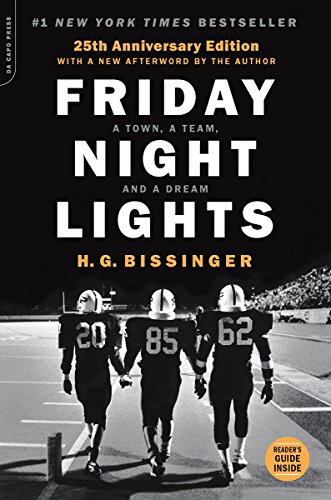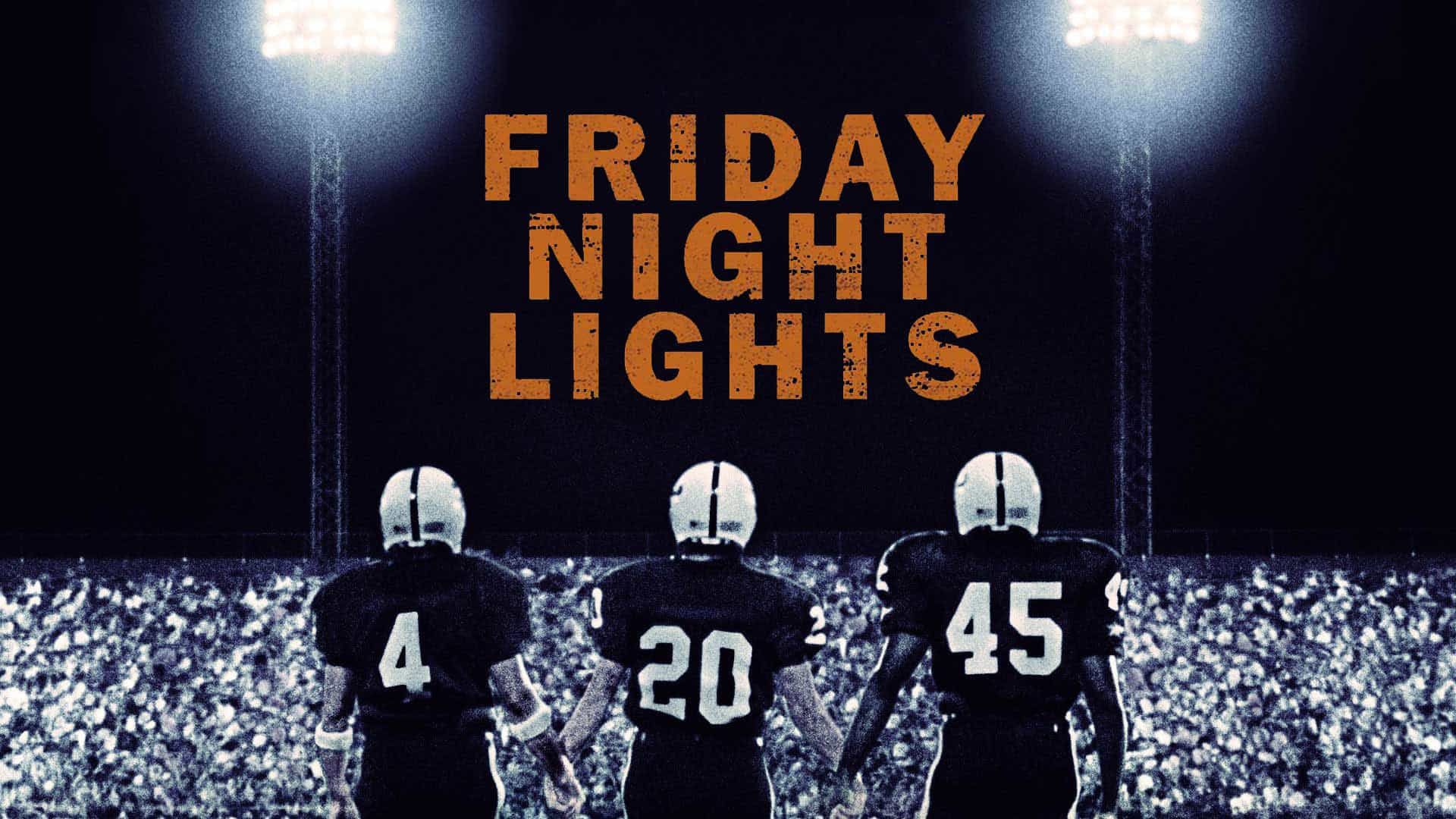There is wisdom in the old proverb, "Perfection is the ability to do everything you cannot let yourself down," which may help you face your concerns head-on.
The novel from which the 2004 film Friday Night Lights was adapted is titled Friday Night Lights: A Town, a Team, and a Dream by Harry Gerard Bissinger. Football is more than just a sport; it’s a way of life, and this film seeks to capture that. A high school football team and their coach come from the city of Odessa in the state of Texas, where practically the entire population is made up of die-hard fans of the team and the sport. Because they may never again matter this much, the players on the Permian High School football team spend the season striving for excellence, and this compelling story recalls their season.
The Novel versus the Film: A Comparison

The film and the novel share several similarities. Both show how important sports are in Odessa, a city whose culture has grown even though the economy has been bad. On Friday nights, the citizens of this West Texas town put their problems aside to cheer on the Permian Panthers football team and focus on the Panthers’ group’s motto, “hope coming alive.” The protagonists in both the book and the film are completely dedicated to their teams. Both the book and the film follow the story of Boobie Miles, the team’s star running back, who, despite being recruited by every major university, blows his chance due to a fight. Both the book’s and the movie’s main characters are thrust into a tense sporting environment where every play matters. Because the film is based on a true story, the semi-documentary format helps viewers immerse themselves in the story because no theatrical liberties were taken with the plot or the characters.
This allows the book and movie to realistically portray the highs and lows of daily life, as well as the range of feelings that can come from a passion for sports.
Where the Movie Fails to Live Up to the Book
There are, however, several significant differences between the movie and the original story. Bissinger’s work openly tackled different social themes, critical to presenting a credible portrayal of the community. The book covered a wide range of issues, including racial tensions, the economy, and the wealth disparity between the wealthy and the working class. These details are not included in the film. The book had a clear sociological tone because it was honest about things like racism, incompetence, futility, hypocrisy, and putting education at the bottom of the list of priorities. These concepts are just briefly covered in the film. In the book, there were racist undertones that were left out of the movie. The story’s political undercurrents were likewise omitted from the film adaptation. In many ways, the tone of the film differs from that of the novel. The plot of the film deviates from the novel in a few major respects. Boobie suffered a significant injury during the scrimmage game, much to his coach’s chagrin, and finally opted to leave the group. In the film, though, he limps up to the team bus while on crutches and travels with them to the state final. This resulted in another difference between the two stories: neither Permian advanced to the state finals. In the film adaptation, though, it lost the championship match.
Billingsley’s’ father-son relationship is also stressed more than it was in the book, which only touched on it briefly. Both versions of this story had contrasting conclusions.
To summarize, success is secondary to the journey itself. Coach Taylor unites his players in their pursuit of personal growth and team success. When he achieves this, his team’s focus shifts from winning to improving. They won a few state titles along the way, but that wasn’t their major goal. The journey is more important than the final destination. Don’t sit around waiting for things to happen to you. Simply keep working hard and improving, and doors will open for you. Break down barriers, because even the most talented people can lose to hard work.
Photo: Amazon
You might also like:
Support us!
All your donations will be used to pay the magazine’s journalists and to support the ongoing costs of maintaining the site.
Share this post
Interested in co-operating with us?
We are open to co-operation from writers and businesses alike. You can reach us on our email at [email protected]/[email protected] and we will get back to you as quick as we can.









